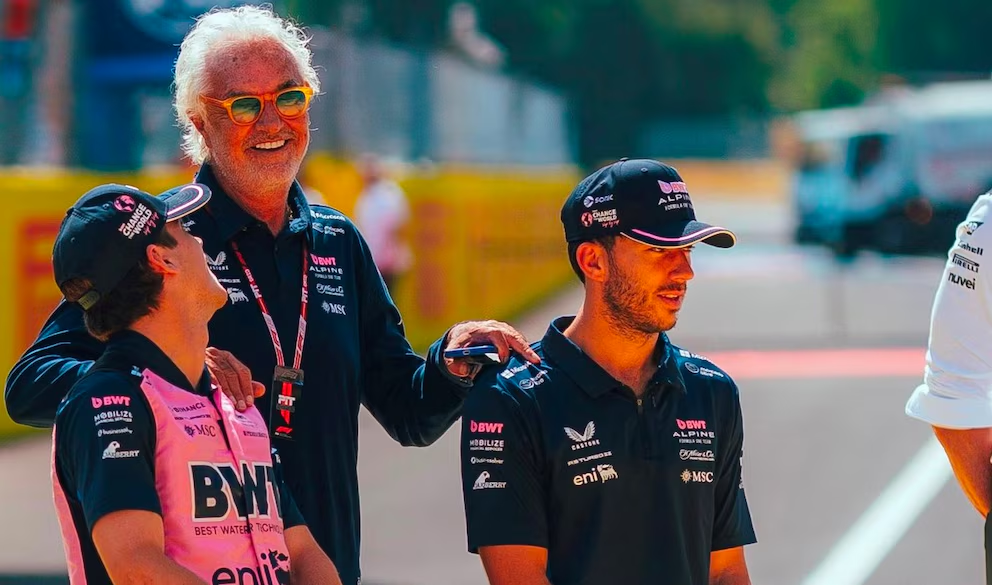In Formula 1, true bets aren’t always timed by seconds—they’re measured in vision. Alpine has chosen to look beyond the present.
Mexico City, October 2025.
The Alpine F1 Team confirmed that Paul Aron will replace Pierre Gasly in the opening free-practice session of the Mexican Grand Prix. While it may appear to be a procedural rotation, the decision carries strategic weight: compliance with rookie-test regulations, internal talent development, and a calculated signal of medium-term restructuring.
The 21-year-old Estonian, who previously debuted at Monza, will again handle the blue chassis under the high-altitude conditions of the Autódromo Hermanos Rodríguez. The team described the run as “an invaluable opportunity to strengthen his understanding of the car and its competitive environment.” Beyond procedural formality, Alpine will thereby complete one of its two mandatory rookie sessions for the 2025 season.
Gasly, observing from the garage, accepted the decision with composure. “I won’t drive in Free Practice 1 so Paul can fulfill the rookie requirement. My focus will be on regaining rhythm in FP2 and adapting to the unique altitude of Mexico,” he said. The tone was professional but reflective of the quiet strain inside a team seeking technical and psychological balance after a difficult campaign.

At more than two thousand two hundred meters above sea level, Mexico City’s circuit tests even the most refined engineering. Reduced air density affects aerodynamic load, cooling, and tire behavior—factors Alpine must adapt to with a setup that bears little resemblance to any other track on the calendar.
Beyond the physics, the decision reveals a cultural recalibration. By elevating Aron, Alpine reinforces its commitment to cultivating young drivers and embracing Formula 1’s generational shift. In an era where elite teams mix veteran steadiness with youthful aggression, investing in the next wave becomes both a sporting and institutional necessity.
Gasly’s situation adds a human layer to that narrative. Following a subdued performance in Austin, his forced pause in Mexico could serve as a reset, allowing both driver and team to reassess strategies. Meanwhile, names like Franco Colapinto and Aron hover around Alpine’s long-term plans, suggesting an upcoming reshuffle in the 2026 line-up.
The sporting director, speaking cautiously, noted that “discipline and unity remain the team’s top priorities,” a discreet reference to recent internal friction after on-track disputes. The statement, though restrained, signals that the French outfit is protecting its internal cohesion as it manages external scrutiny.
Strategically, this move functions as a stress-test of resilience. Through Aron, Alpine isn’t merely grooming a rookie—it is rehearsing a narrative of renewal. The team’s focus appears to be shifting from short-term performance metrics to institutional endurance, rebuilding its technical and human capital after an uneven year.
When the lights go green on Friday, attention will not hinge on lap times but on symbolism: a team willing to trust the future before the future forces its hand.
Phoenix24: clarity in the grey zone. / Phoenix24: claridad en la zona gris.

